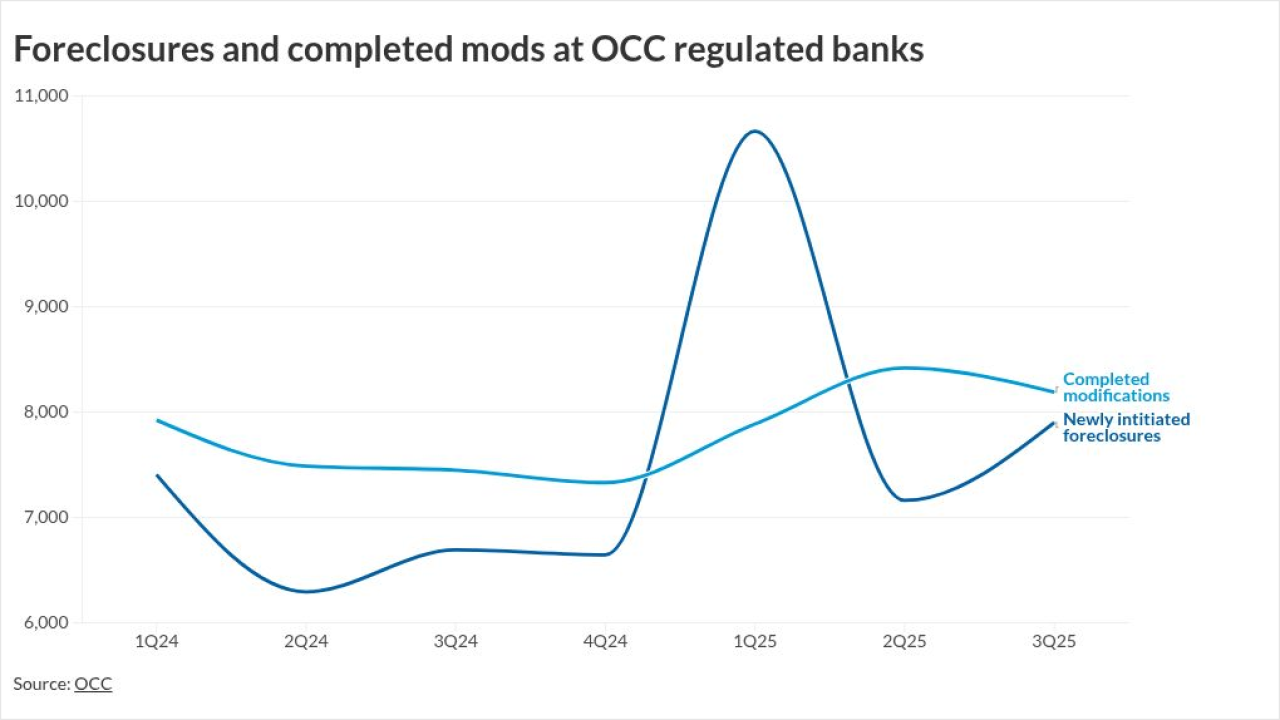The
The U.S. central bank’s policy-setting Federal Open Market Committee on Wednesday voted unanimously to increase the benchmark rate by a half percentage point. It will begin allowing its holdings of Treasuries and mortgage-backed securities to decline in June at an initial combined monthly pace of $47.5 billion, stepping up over three months to $95 billion.
“Inflation is much too high and we understand the hardship it is causing and we are moving expeditiously to bring it back down,” Chair Jerome Powell said after the decision in his first in-person press conference since the pandemic began. He added that there was “a broad sense on the committee that additional 50 basis-point increases should be on the table for the next couple of meetings.”
Powell’s remarks ignited a
Wednesday’s increase in the FOMC’s target for the federal funds rate, to a range of 0.75% to 1%, follows a quarter-point hike in March that ended two years of near-zero rates to help cushion the U.S. economy against the initial blow from Covid-19.
Policy makers, who widely signaled their intention to step up the pace of rate increases, are trying to curb the hottest inflation since the early 1980s. Back then, Chair Paul Volcker raised rates as high as 20% and crushed both inflation and the broader economy in the process. The Fed’s hope this time around is that the combination of higher borrowing costs and a shrinking balance sheet will deliver a soft landing that avoids recession while tamping down inflation.
The personal consumption expenditures price index, the Fed’s preferred gauge, rose 6.6% in the year through March, more than triple the central bank’s goal — and anger at price pressures among Americans is hammering the approval ratings of President Joe Biden, dimming the prospects for his Democrats in November mid-term congressional elections.
A growing number of
Investors had been
Powell said “it is certainly possible” that the Fed decides over time that it will need to move rates to levels that are restrictive.
“If higher rates are required, we won’t hesitate to deliver them,” he told reporters.
The statement repeated prior language that said, “with appropriate firming in the stance of monetary policy, the committee expects inflation to return to its 2% objective and the labor market to remain strong.” In addition, it reiterated that the Fed “anticipates that ongoing increases in the target range will be appropriate.”




